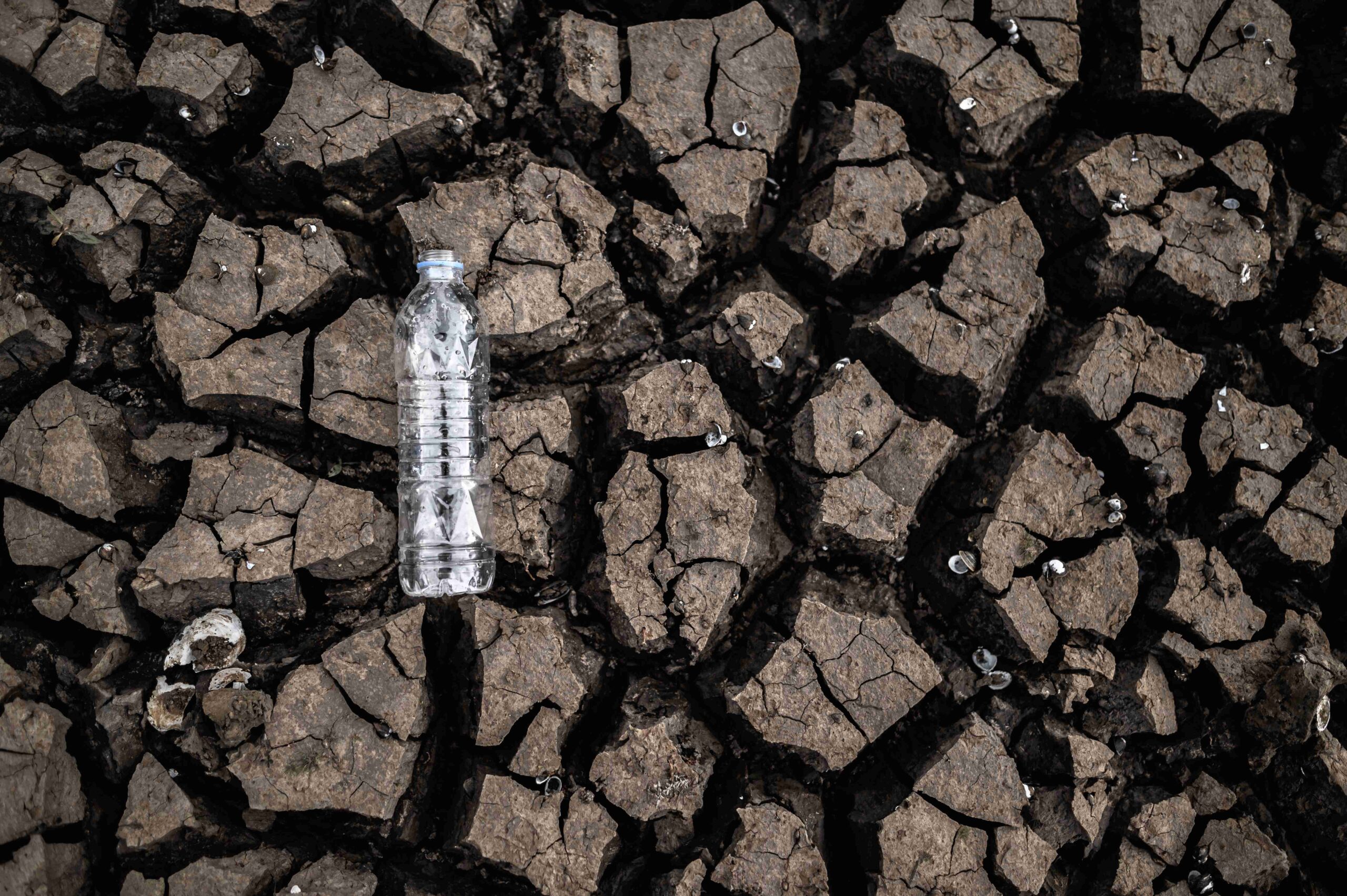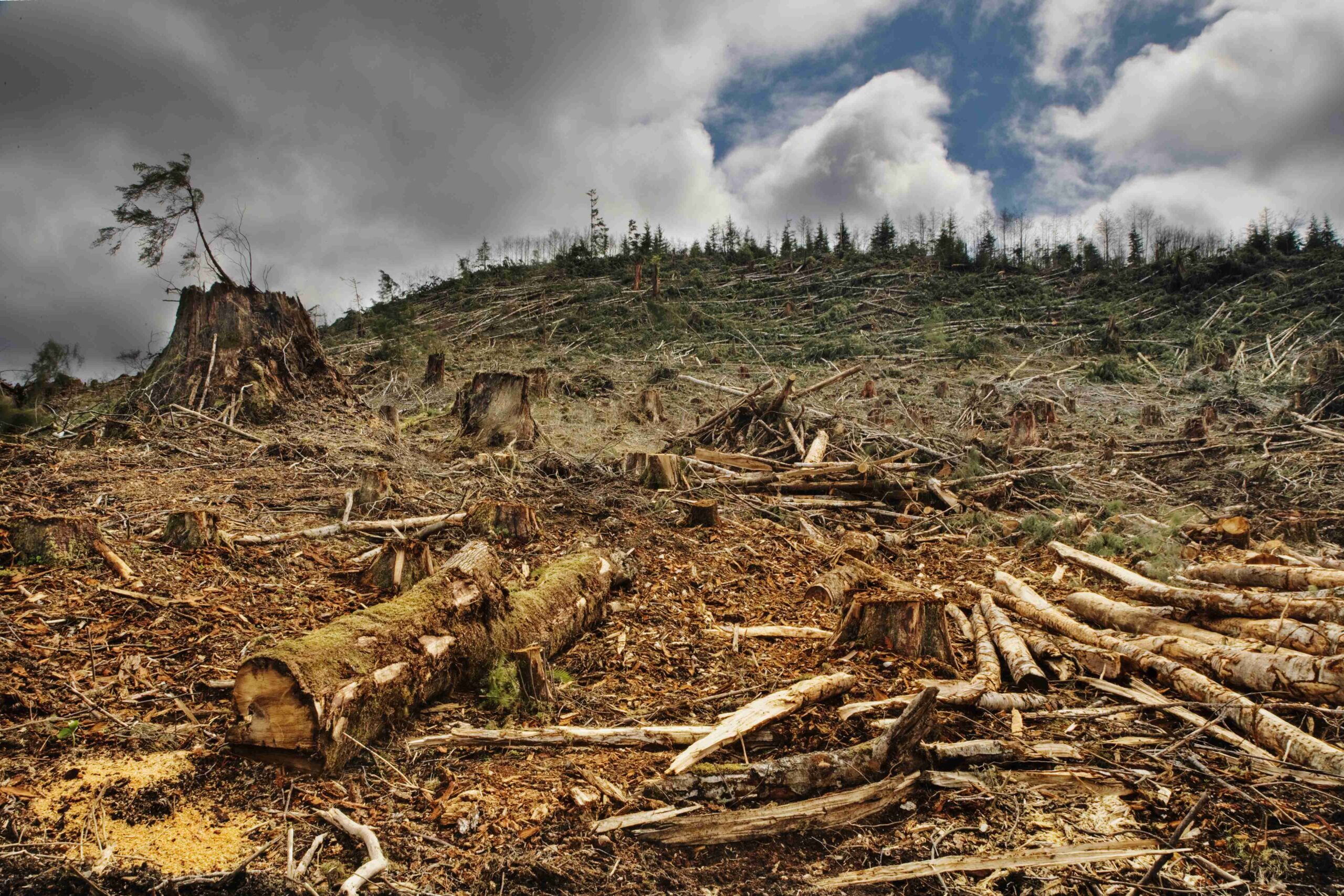Water Crisis in Zitácuaro
Zitácuaro, Michoacán, is facing a critical water shortage that is escalating into social conflicts throughout the region. Both the rainy and hot seasons have exposed severe deficiencies in the drinking water supply, affecting neighborhoods and rural communities alike. As tensions rise, the issue has become a stark reminder of how environmental degradation can ignite broader social challenges.

Escalating Water Shortage
In recent years, residents in Zitácuaro have witnessed a dramatic decline in the availability of potable water. Once, many neighborhoods enjoyed a near-constant supply, some receiving water 24 or even 12 hours a day. Today, however, water is severely rationed; in some areas, it is available only two or three hours every third day. This alarming shift is causing frustration and unrest among the local population.
Environmentalist Ignacio Sánchez Avilés has pointed out that the root causes of this crisis lie in human actions. He explains that widespread deforestation has reduced the natural capacity of forests to capture and retain water, while critical water resources like rivers and dams are being neglected. In neighborhoods such as El Moral and rural communities like El Aguacate and Nicolás Romero, the water crisis has led to frequent conflicts over access to this vital resource.
Environmental and Human Factors
The degradation of natural resources in Zitácuaro is a multifaceted issue. Changes in land use have drastically altered the landscape, particularly around critical water catchment areas like the Presa del Bosque. This dam, once a reliable source of water, is now suffering from low levels due to reduced inflows from the Tuxpan Canal and the San Juan and San Isidro rivers. Increased agricultural activities have further diminished the dam’s capacity by reducing its water catchment area.

Key Risks to the Environment:
- Excessive Logging: The relentless removal of trees diminishes the forest’s natural ability to capture water.
- Forest Fires: These not only devastate ecosystems, but also exacerbate water loss.
- Land Use Changes: The conversion of forested land for agriculture significantly reduces natural water retention.
- Pests: Infestations further weaken the ecological balance, affecting forest health and water capture capabilities.
Such environmental risks, primarily driven by human activity, are directly linked to the ongoing water crisis. Protecting these natural resources is essential for restoring water availability and reducing social conflicts.
Local Initiatives and the Road Ahead
Despite the grim situation, there are proactive measures being taken to address the water shortage. Efforts are underway to improve the management of water resources and restore degraded areas. One crucial strategy is the desilting of the Presa del Bosque, a task that aims to increase the dam’s water catchment capacity by removing accumulated silt that reduces storage volume. Additionally, authorities are implementing cleaning and filtration projects to enhance water quality and supply reliability.
Reforestation is another vital initiative. In the area known as Rosa Santa, forestry engineers and agronomists are set to conduct reforestation activities on August 9th. A significant part of this project is the installation of “filter dams,” designed to capture water from the subsoil, further aiding in the recovery of local water tables.
